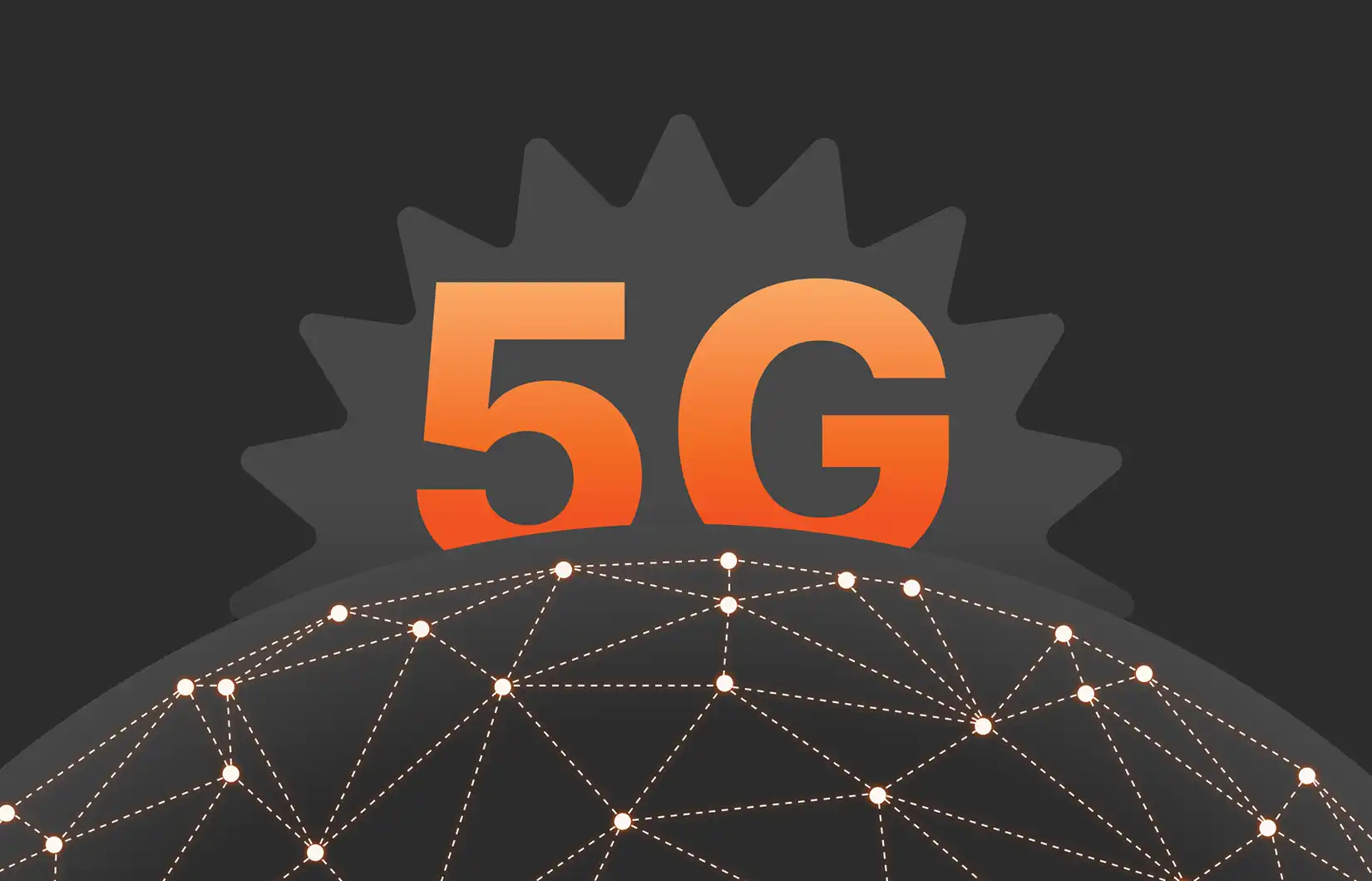Summary
A recent survey of telco executives revealed that there is still work to do when it comes to achieving 5G success. At the same time, however, a brighter future is ahead, with 6G on the horizon in a few years.
The journey to 5G has followed the classic technology hype cycle, with early inflated expectations giving way to a more realistic assessment and some disappointment. But all is not lost. The future, finally, is starting to look bright for telecom 5G services.
In conjunction with Fierce Network Research, Pure Storage sponsored a survey of telco industry executives to learn the current state of 5G. This blog will cover some of the survey highlights, and you can download the full report to get all the details.
The State of 5G
The 5G journey started in 2019, and with 6G set to arrive around 2030, that puts us about halfway through the lifecycle. But 5G won’t just be replaced overnight. Even after six years and billions spent on 5G, 4G remains firmly in place in most networks, particularly for voice services. 3G still exists as well, though it is now being shut down in most places. Major U.S. carriers like AT&T and Verizon have turned off all 3G services.
So where do we stand with 5G? Not in the best place yet, according to Fierce Network’s research. Only 10% of respondents felt 5G was “extremely successful,” with another segment (23%) calling it “successful, with good ROI.” That leaves a majority of 60% describing 5G as having “limited success so far,” but with some optimism about the longer term. The final 7% labeled it “disappointing.”
What Lies Ahead for the Telecom Industry
But amidst much disillusionment, a brighter future is emerging. There are some legitimate go-to use cases that are starting to deliver increased revenue. The most popular of these is Fixed Wireless Access (FWA), which 43% of survey respondents called the most important 5G application. FWA has emerged as a way for mobile carriers to take home internet business from cable providers. In the U.S. market, there are over 10.6 million FWA subscribers between T-Mobile and Verizon (AT&T does not release its numbers).
The second most cited use case is network slicing, even though deployments are still somewhat limited. Use cases here range from high-performance video gaming to spectrum dedicated to emergency services.
The final growth area shaping up is private 5G networks. This is mainly a business service that can deliver both improved speeds with lower latency, as well as better data security.
With these new, growing use cases, 5G is finally catching up to expectations. But then what about 6G? Will that start an entirely new hype cycle? The report notes that Ericsson CEO Börje Ekholm said 6G likely won’t be a big transition for networks in the same way as 5G. Instead, it will be more evolution than revolution. And indeed, cash-strapped telcos certainly won’t be rushing to replace recently updated network infrastructure. Rather, 6G services will likely be rolled out using as much existing network equipment as possible and target specific high-value use cases like autonomous vehicles and smart factories.
As a storage and software provider to many of the top global telecoms, Pure Storage has been working side by side with our telco customers to help them meet their changing data needs. They count on us for storage that is ultra-reliable, high performance, and power and space efficient. With Evergreen® data storage that continually updates without service disruption, Pure Storage is perfectly positioned to help telecom customers transition from 5G to 6G, just as we’ve been helping with 4G to 5G modernization.
Download the full survey, and learn more about telecom solutions from Pure Storage.

The Innovation Race
Reducing Risk and Navigating the AI Frontier for Future Success
Dive Deeper
Discover more insights from the survey.







